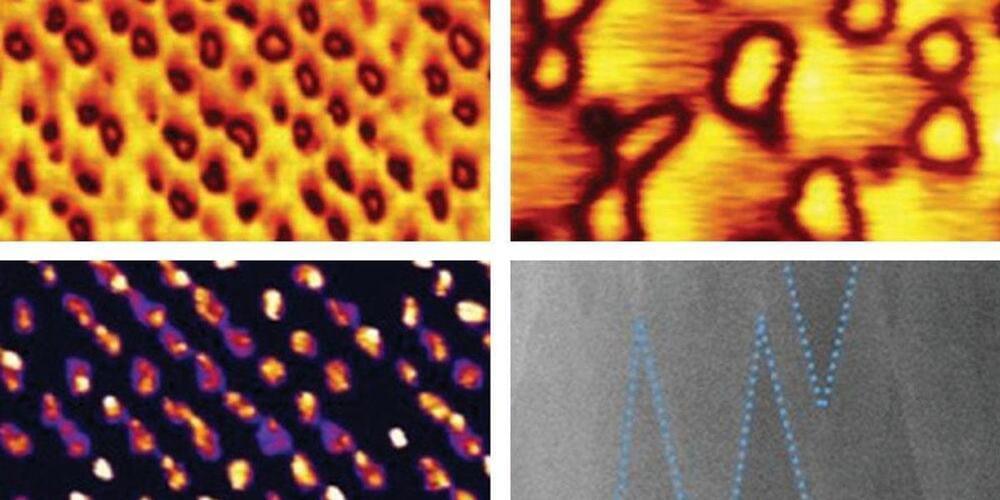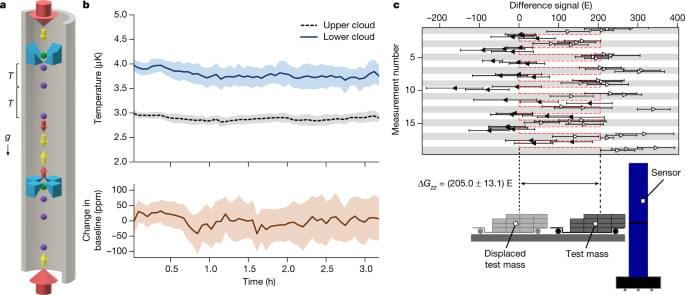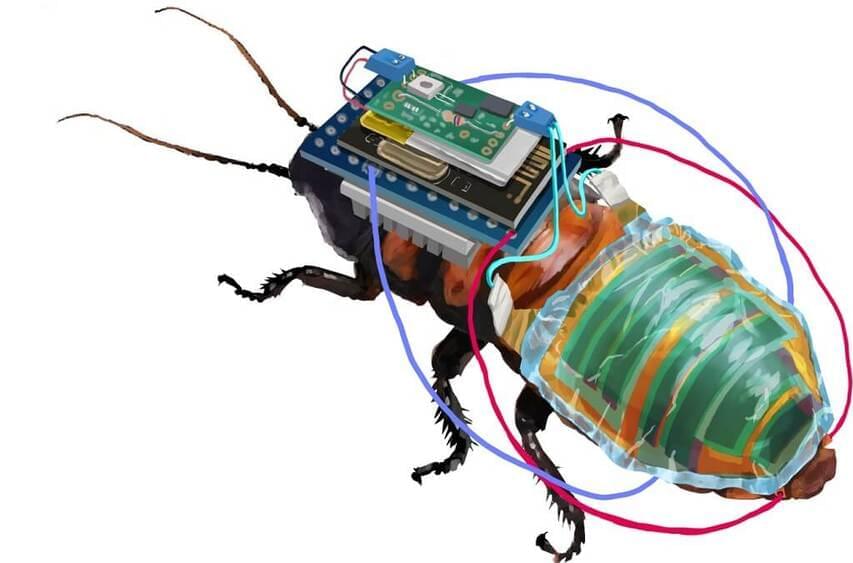Sep 15, 2022
Domain Wall Discovery Points Toward Self-Healing Circuits
Posted by Dan Breeden in categories: electronics, materials
Atomically thin materials such as graphene have drawn attention for how electrons can race in them at exceptionally quick speeds, leading to visions of advanced new electronics. Now scientists find that similar behavior can exist within two-dimensional sheets, known as domain walls, that are embedded within unusual crystalline materials. Moreover, unlike other atomically thin sheets, domain walls can easily be created, moved, and destroyed, which may lead the way for novel circuits that can instantly transform or be repaired on command.
In the new study, researchers investigated crystalline lithium niobate ferroelectric film just 500 nanometers thick. Electric charges within materials separate into positive and negative poles, and ferroelectrics are materials in which these electric dipoles are generally oriented in the same direction. The electric dipoles in ferroelectrics are clustered in regions known as domains. These are separated by two-dimensional layers known as domain walls.
The amazing electronic properties of two-dimensional materials such as graphene and molybdenum disulfide have led researchers to hope they may allow Moore’s Law to continue once it becomes impossible to make further progress using silicon. Researchers have also investigated similarly attractive behavior in exceptionally thin electrically conducting heterointerfaces between two different insulating materials, such as lanthanum aluminate and strontium titanate.


















